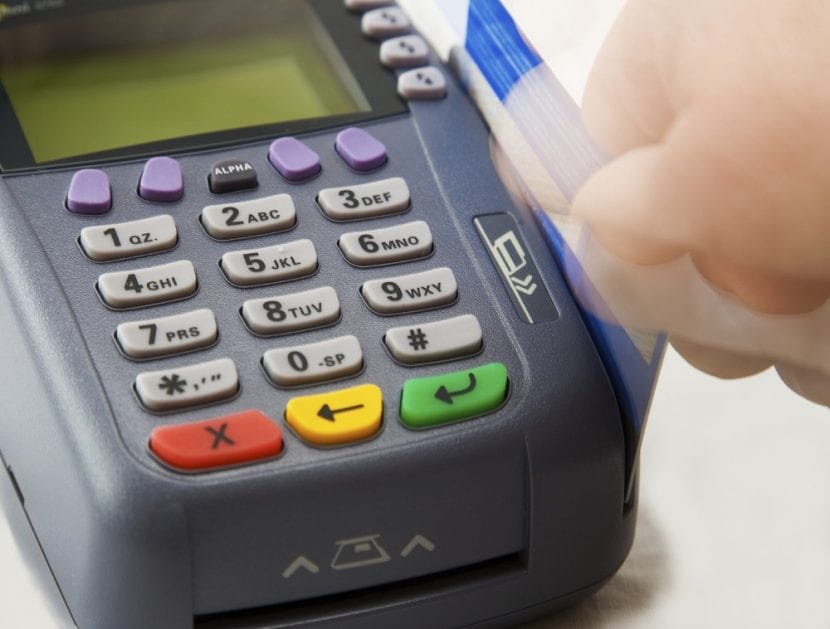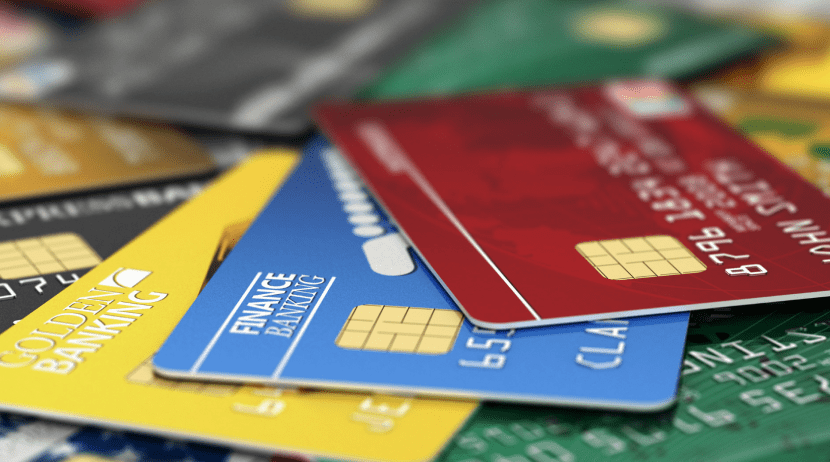
Both credit and debit accounts, are part of our daily life, and it is that as time passes, the forms of payment have changed, being the credit and debit cards favorites. One of their main advantages is that they allow us to have practically perpetual access to our money, thus facilitating many of the payment processes that are carried out. Another advantage that banks give us through these accounts is the ease with which we can manage our funds.
But even if we have made use of this type of accounts exists the possibility that we do not clearly know the differences that exist between these two types of accounts, as well as the possibility that we are not getting the most out of them. That is why in this article we will address clearly and concisely what are the differences that exist.
Payment Methods
The first difference to mention is the payment to which they allow us to have access. Each of the accounts gives us different opportunities, these are some of them.
Debt
Let's start by talking about debit accounts, which allow a payment that is charged directly to our savings account or to our checking account. In this way, it can be concluded that the limit of the payment that we can make is according to the fund of our account; To give an example, it must be said that if we have entered the equivalent of 100 euros into our account, our maximum possible payment is 100 euros.
In a certain way the payment can be equipped with debit card for cash payment, where our maximum expenditure is the money that we have at our disposal. So, in order to make a larger payment, what we must do is increase the funds in our accounts.
Credit
In the case of the Debit we refer to a payment method in which the collection of a purchase is deferred until the following month. And it is important to mention that this payment can be made even if our accounts do not have funds.

Here we must clarify 2 points; the first thing is that the payment method it is practically going into debt with the bank. In this way, we are required to pay for the purchase on a certain deadline. But in order for us to cover the payment of our debt the following month we must have a certain level of income, this is where we clarify the second point.
In order for the bank to ensure that we will be able to pay off debt on time puts a limit on the "loan" that is made to us at the time of making payments. And in order to know what that limit should be, the bank makes sure to study the viability of the client, to be able to define if the client has financial solvency and what is the level of this solvency.
This way to pay It is quite useful when obtaining goods at a time when we do not have cash or to be able to cover some unforeseen expense that has not been planned in the budget, but what will not change is that the money must be returned, and this It can be done in 3 different ways, let's see what these are.
- The first way to pay the credit is at the end of the monthThis means that the payment must be made on a specific day of the month that follows when the purchase was made. This means that, if we buy something on January 20, the payment should be covered, for example, on February 15. In order to comply with this payment it is important that we are very clear on the day on which said payment must be made, otherwise we must take into account that we will be charged penalties and could lead to sanctions.
- The second way that we can make the credit payment It is by means of a percentage, this means that every month that follows we will have to disburse cash in order to be able to cover the total cost of the purchase. Putting an example if we make a purchase of 100 euros, during the next 5 months we will have to pay 20 euros in order to cover the total amount; To ensure that this does not generate an extra cost, we must be well informed of the conditions that the bank proposes for this type of payment.
- The third way that exists to make the credit payment it is through a fixed fee; This method is also known by the term revolving; and it is an interesting method that allows the user to have greater control over their budget, since in this case we must pay a figure that is already established. In this way we manage to control expenses and prevent unforeseen expenses from making a sudden change to our personal finances.
Financing
In the previous section we surely recognized that the credit allows the financing of our purchases. This difference between credit and debit is one of the best known, however we are going to clarify it in a more direct way.

When we make a purchase with our credit card, we disburse the total amount of our purchase. In such a way that if we had 100 euros available in our account, and we made a purchase of 20 euros. Our total funds would be 80 euros. The main advantage of this is that we do not incur any debt and we also avoid the possible interest that the credit generates.
Moreover the credit card would allow us to make the payment of the same account of 20 euros, but on a deferred basis, perhaps for 5 months we would pay 4 euros per month. The main advantage of the credit is that by not disbursing the total amount since the payment is made, we will have funds that can be used to cover expenses that were already planned, and it even gives us the possibility of paying off some other debts.
It is very important that we emphasize that both cards have their advantages and disadvantages, so neither is by itself better than the other. However, it is very important that we learn to control our expenses in order to know what type of payment is the best for our situation.
Let's take a real example.
Si our monthly income They are 600 euros, and in our monthly budget we require 450 euros to cover our needs such as clothing, food, services, etc. That leaves us with 150 euros that we can use for practically anything we want. In the first instance, we have to ask ourselves if it is better to spend the 450 euros through debit, that would only leave us with a fund of 150 euros, on the other hand if we finance the 450 euros we may have to cover them in 9 payments of 50 euros per month.

If we continue the example for the next 9 months, it will give us as a result that we have a fund of 2700 euros, our monthly payment will be 450 euros, and it is in the 10 month that our finances stabilize; And also, we must not forget that each month we were collecting 150 euros that were free, in this way we have a free fund of 1500 euros, and this will increase by 150 euros each month without affecting our finances.
So far, the financing seems a viable option, and in fact it is, because we would have not only our savings of 1500 euros, but an amount of 2700 euros, which although they are already destined to cover our monthly expenses, can be used in case of an emergency.
But before deciding if this is something useful or not, we must think about our own financial habitsWell, remember that the example was calculated assuming that we had good habits to save the 150 euros that were left over.
In addition, we assumed that we did not spend any of the 450 per month, but saved it to be able to cover the fertilizers. So, if we do not have good saving habits, or we are people who will possibly spend that money instead of collecting it, it is possible that the end is not so hopeful, and that we will not put in some financial difficulties.
The interest

Another fundamental difference that exists between credit and debit is that credit usually generates a interest collection by the banking institution. In general, the amount of interest depends on the term in which we want to cover the payment, if it is longer, the interests are usually higher even though the interest rate is the same.
The latter is due to the fact that there is a compounding period, so in order to be able to perform the calculations correctly, we must request both the interest rate and the compounding periods in which we have to make our payments.
On the other hand, in debit accounts There is no interest, but in some cases a commission can be paid for having our account in said bank, this is also very important that we ask our advisers.
Hello: it is a very complete and very practical information to know the difference between credit and debit. The example of purchases with the card is very clarifying. Greetings.
It is curious that we use the term "credit card" interchangeably for both debit and credit cards. Thanks for clarifying the difference. All the best.